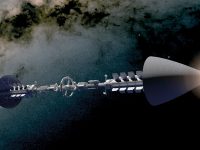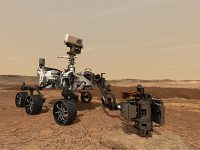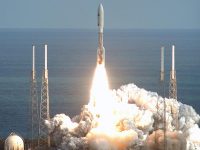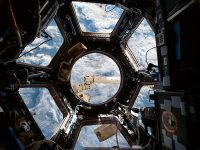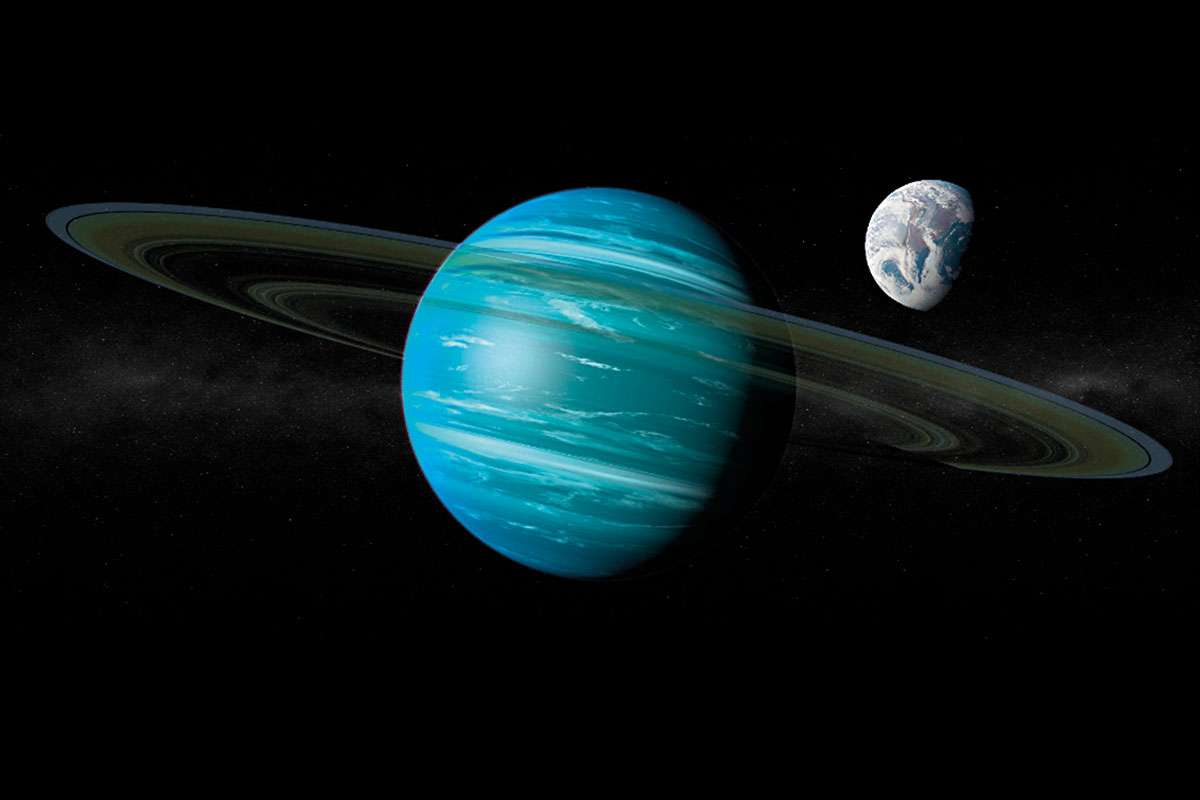
When I was a physics student, there were no known planets outside the solar system, although there was a clamour among the scientific community that they must be out there. The first dust disks precursors of planets had been found as early as 1984, and there were plenty of scientific papers arguing (with good reason) that our solar system was unique and that if no planets were found around other stars it was simply because they did not exist.
Time proved the believers right with the discovery of the first extrasolar planets in the 1990s; all that was needed was the right technique (and patience), and today the number of exoplanets found exceeds 5,000, an extraordinary revolution that was awarded the 2019 Nobel Prize in Physics. The study of exoplanets has allowed us to learn that the Solar System is just one case among a very diverse range of planetary families. We have found systems similar to ours and others that are nothing like it, with giant planets like Jupiter orbiting their star closer to the sun than Mercury, rocky planets much more massive than our Earth, or planetary systems that appear to consist of a single planet.
Despite how much we already know about exoplanets, there is one crucial piece missing: no natural satellites have been found around these distant worlds. Again, the cries are that they are there, it is just that our instruments are not sensitive enough (after all, they are much smaller than planets) or the right technique to find them has not yet been discovered. Although, as in the past, some wonder if there is something special about our solar system and «exo-moons» simply do not exist.
It seems that once again the believers will be right, but so far no natural extrasolar satellites have been found. But this is not because they are rare: there are about 150 moons in the Solar System, sixteen of which are larger than 1,000 km in diameter. Some are as interesting as Saturn’s Titan, with an atmosphere denser than Earth’s and methane seas and rivers, or Jupiter’s Europa, with a subsurface ocean twice the size of Earth’s oceans.
The satellites of gas giants are therefore worlds in their own right, where life could have arisen. There are several gas giant exoplanets within the habitable zone of their star, i.e., at a distance from it where temperatures would allow liquid water to exist. Seas would not be possible on such gas giants, but they would be possible on their rocky moons, as was the case with Pandora in the film Avatar. Exo-moons are likely to be more common than exoplanets: some scientists suggest they could be as large as Earth, and others postulate that perhaps most inhabited worlds in the galaxy are exo-moons. All that remains is to find them.
At the moment there are a few unconfirmed candidates, the two most intriguing being Kepler-1708b and Kepler-1625b, both of which are thought to have moons of colossal size, similar to Neptune’s, but the evidence is inconclusive and subsequent follow-ups of these planets have found no signs of such satellites. Nevertheless, the race to be the first to discover an exo-moon is on, and a discovery may be just around the corner. Perhaps by the time I write this and you read it, one will have been confirmed.
Who will be first in the «race for the exo-moon»?

